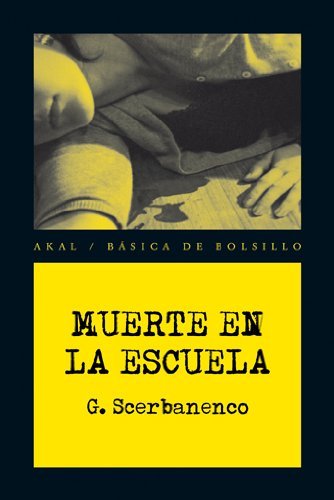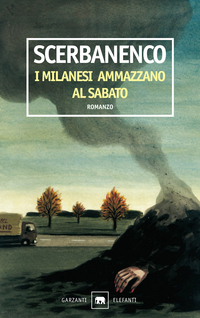
Part of Series
From the godfather of Italian noir “A noir writer richly deserving rediscovery.” —Publishers Weekly One balmy spring evening on the outskirts of Milan, a Fiat with two passengers plunges into a canal. At first, their deaths are registered as an accident. But Duca Lamberti, the doctor-turned-detective of Giorgio Scerbanenco’s legendary series, suspects there’s more to it than that. Because that same canal has been the scene of other deaths, and all the incidents have one man in a lawyer with a murky past stretching all the way back to World War II—a man who, in fact, once shared a prison cell with Lamberti. Winner of the most prestigious European crime prize on its original publication in 1966, Traitors to All is classic noir by one of the greatest writers of the genre—a book that lays bare the connections between Milan’s troubled history during the war and its swinging sixties affluence, as well as an utterly absorbing tale of betrayal and revenge.
Author

Vladimir Giorgio Šerbanenko was an Italian journalist and writer of Ukranian origin. He was born in Kiev, in what was then the Russian Empire, on 28 July 1911. At an early age, his family immigrated to Rome (Scerbanenco's father was Ukrainian, his mother was Italian), and then he moved to Milan when he was 18 years old. He found work as a freelance writer for many Italian magazines, chief among them Anna Bella before becoming a novelist. His first fiction books were detective novels set in USA and clearly inspired by the works of Edgar Wallace and S.S. Van Dine signed with an English-sounding pen name. While Scerbanenco wrote in several genres, he is famous in Italy for his crime and detective novels, many of which have been dramatized in Italian film and television [1]. These include the series of novels with main character Duca Lamberti, a physician struck off the register for having performed a euthanasia, and turned detective (Venere privata - A Private Venus, 1966; Traditori di tutti - Betrayers of All, 1966; I ragazzi del massacro - The Boys of the Massacre, 1968; I milanesi ammazzano al sabato - The Milanese kill on Saturday, 1969), as well as Sei giorni di preavviso (Six Days of Notice), his first novel. He died of a heart attack in Milan on 27 October 1969. As well as in Milan, the writer lived for a long period in Lignano Sabbiadoro, a town on the Adriatic Sea in Friuli-Venezia Giulia. The town holds his archive.

